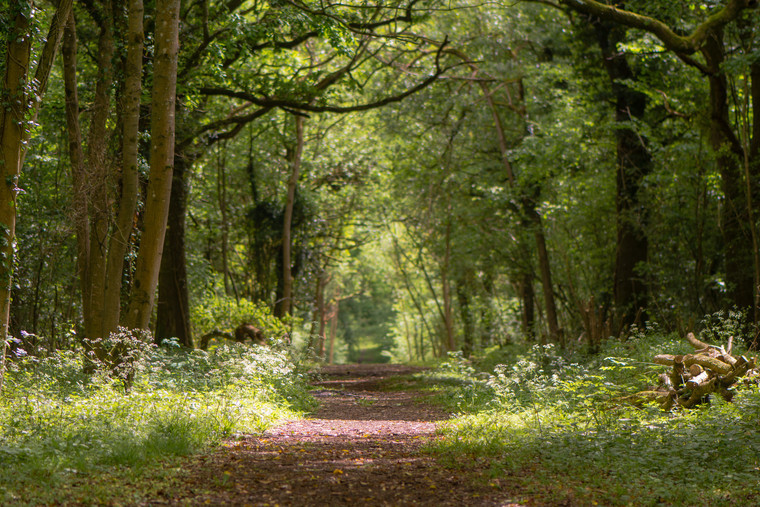The Woodland Trust is hosting a series of free events for landowners to give them the skills to do their bit towards preserving precious habitats.
Ancient woodland – which makes up just 2.5 per cent of the land area of the UK and about a fifth of all woodland – is our most precious woodland type.
It holds much of the remaining woodland biodiversity, and the charity is focusing its efforts on a major £3.6 million programme to restore it to good ecological condition. Whilst it restores on its own land it is urging landowners to do the same.
Christine Reid, Principal Conservation Adviser at the Woodland Trust: “Many of our woodlands have been damaged over the centuries from mis-management and becoming fragmented into smaller and smaller areas. Almost 40% of the UK’s ancient woodland has been replanted with dense non-native trees, causing deep shade across the woodland floor. Non-native plants like rhododendron, Himalayan balsam and snowberry are also encroaching into our woodlands competing with native plants. Restoration is the careful process of removing these threats. This lets light back in and enables natural regeneration of native trees and plants and helps wildlife to thrive. Managed well, restoration can bring ancient woodland back from the brink and provide other benefits, such as timber resources.”
Funding for the charity’s restoration programme has come from DEFRA’s Green Recovery Fund which is helping it to deliver the major 15-month project. The project will boost restoration across 447ha of the Woodland Trust estate, including Fingle Woods, Cadora Woods, Pontburn Woods and Joyden’s Wood. And starting this month, the fund will allow it to provide a programme of free events aimed at educating landowners on how to do it too. Events are here: woodlandtrust.org.uk/restoration
Ms Reid added: “If we are going to reap the benefits of our ancient woodland into the future – whether it be for preserving wildlife or combating climate change, the success of restoration will be a key part of it. This new funding makes a tangible difference to the condition of ancient woods and veteran trees on land owned by the Woodland Trust, the National Trust and private landowners. While the Woodland Trust can and does carry out widespread restoration at its sites, there are lots of landowners who with, the skills and know how to be able to carry out restoration effectively on their land, would want to do the same.”
Go to woodlandtrust.org.uk/restoration where you can sign up to the training.




